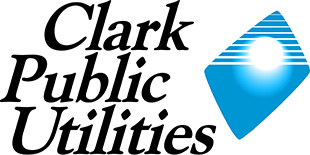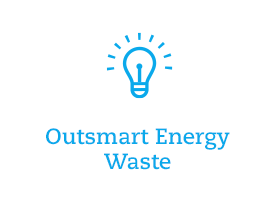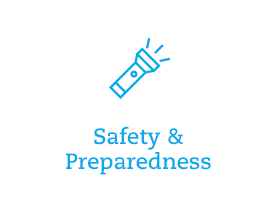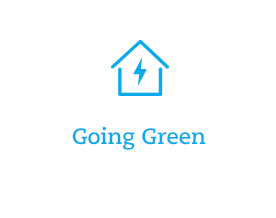Light Bulbs 101
Efficient home lighting options have never been more accessible or as affordable as they are today. LED bulb technology has evolved to the point that most homes can be fully outfitted with them with relative ease. Options for bulb style, brightness and color abound which means making your home more efficient doesn’t have to come with a trade off.
How to “Speak LED”
When it comes to picking the right LED for your application there’s really just a couple main characteristics to pay attention to when picking the right bulb for the right socket.
First is the bulb base style. This refers to the part of the bulb that attaches to the light fixture. The most common is a screw in style base that threads into the light fixture. These types of bulb bases can be found in places like ceiling lights, vanities and lamps. While these types all thread in, there are a few different base widths/thread sizes. For example, many candelabra bulbs are screw in but have much smaller diameter bases than other more common screw in bulbs. Other types of bulb base styles include bayonet, wedge and bi-pin.
The next factor to consider when buying LED bulbs is the color temperature. This is the aspect of the bulb that tells us the “color” of light the bulb will emit and is expressed as a Kelvin value. At a basic level, the lower the number the more yellow the light hue is and the higher the number the more white and even blue the light it emits is. Bulb color temperatures available for home use vary but most commonly you’ll find “soft white” (around 2700K – 3000K rating) and “Daylight” (around 5000K rating). The color temperature of “soft white” bulbs is very close to traditional incandescent bulbs while “daylight” bulbs cast a much “cooler” light. Generally, soft white bulbs are a good choice for spaces you want a warm, comfortable feeling light like bedrooms and living rooms. For areas like garages, kitchens and bathrooms many folks like the cooler, crisp hue of daylight temperature bulbs. While the actual light output of higher color temperature bulbs is the same as equivalent lower color temperature bulbs, higher color temperature bulbs are often referred to as the “brighter” option.
Another element to look for when picking the right LED is the brightness of the bulb which is measured in lumens. Traditional incandescent bulb brightness is typically measured in watts which doesn’t translate well to LED bulbs due to the low relative wattage they require to produce the same amount of light. While a typical 60 watt incandescent bulb produces about 800 lumens of light, an equivalent brightness LED bulb typically needs about 10 watts to produce the same lumens. See below for general equivalencies:
- 25 watt incandescent / 4 watt LED bulb = 200-300 lumens
- 40 watt incandescent / 6 watt LED bulb = 400-500 lumens
- 60 watt incandescent / 10 watt LED bulb = 700-800 lumens
- 75 watt incandescent / 13 watt LED bulb = 900-1000 lumens
- 100 watt incandescent / 18 watt LED bulb = 1300-1500 lumens
Fluorescent Bulb Recycling
It’s important that any fluorescent bulb that burns out or is being replaced by LED be appropriately recycled. Clark Public Utilities has long provided free recycling of burned out compact fluorescent (CFL) bulbs. While Clark Public Utilities does not accept fluorescent tubes for recycling, many local collection sites exist where they can be recycled at no cost. To find the nearest fluorescent tube collection site visit the LightRecycle Washington website.









